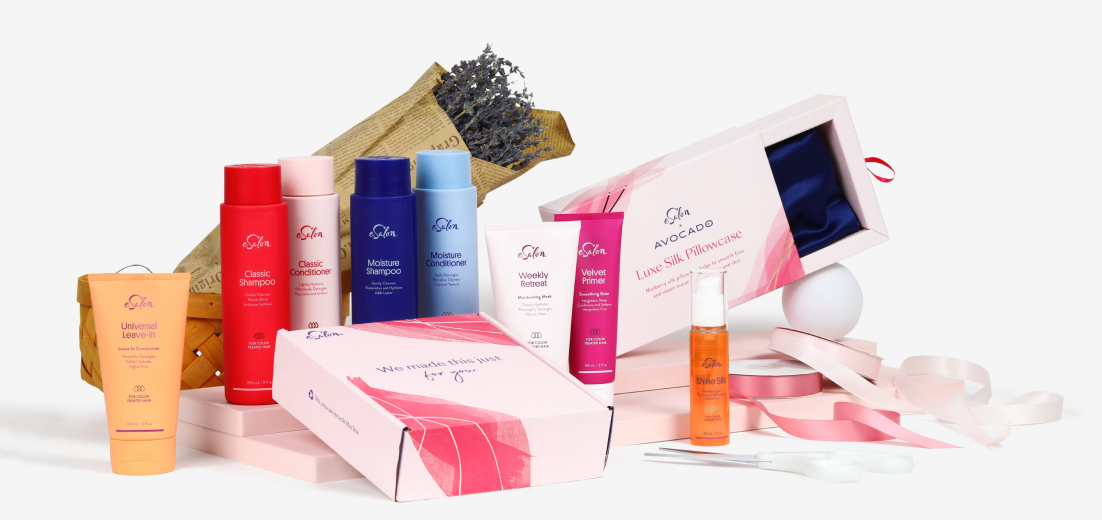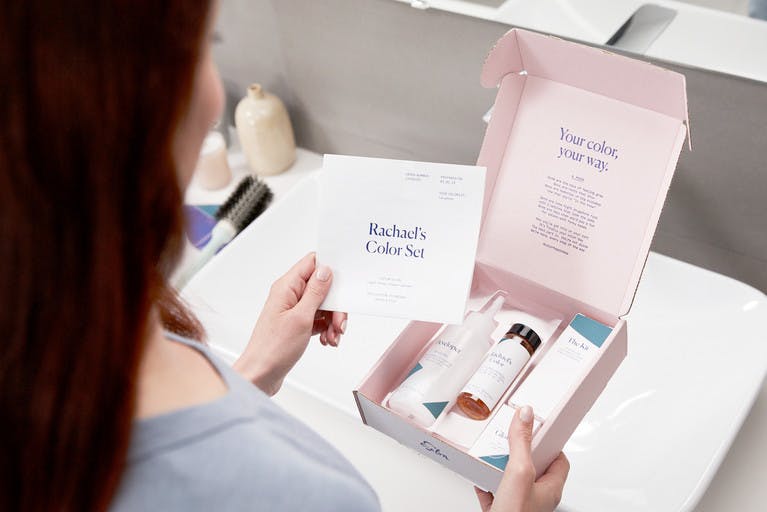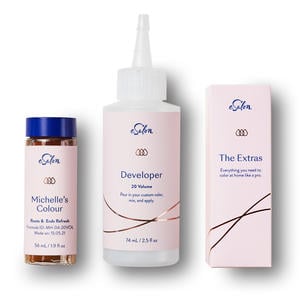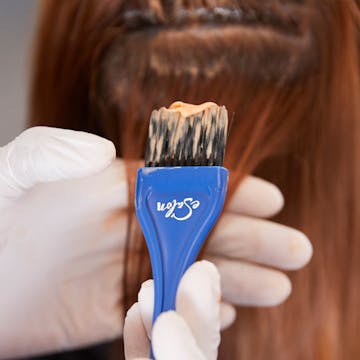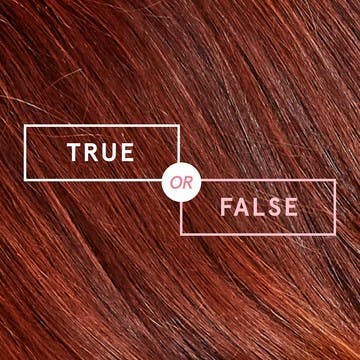10 Things to Know Before You Color Your Hair
Why is it that some people always manage to have perfectly gorgeous hair color? Hint: They’ve figured out how to get rich, natural-but-better hair color at home. And guess what? You can too with a handful of brilliant expert tips that make all the difference in the world.
We’re going to share one of the biggest secrets of great hair color with you. And it happens before you even reach for the bottle of hair dye. Always start with a consultation… with yourself. Of course, this means figuring out which color category looks best with your complexion (like brown, blonde, or red) and which undertones will light up your face (warm or cool). But it also includes figuring out how much gray you have, how much coverage you want, and how much maintenance you’re comfortable with. Here’s how to have a true hair-color heart-to-heart.
01 Take it easy.
What is it our mothers used to say? Slow and steady wins the race. If your goal is going lighter, do yourself and your strands a favor, and take baby steps. While base color can take your hair 1 to 2 shades lighter, experts recommend going even slower than that. If you want to prevent damage and breakage, and ensure the most even, natural-looking effect, the experts’ rule of thumb is going half a shade lighter every time you color your hair.
02 Subtle shades don’t fade away (at least, not quickly).
While bright, pop-arty shades like red, copper, and violet are certainly stunners, they do peter out quicker than hues that create more of a subtle change. If you’re cool with the uptick in maintenance, by all means, go for it! And know that you’ll extend the appearance of any permanent hair color by using our Tint Rinse, which is designed to breathe new life into any color and help keep it healthy, even, and vibrant. If you’re going for low-maintenance, stick with a neutral shade that will take your current color up a notch in shine and richness without making a dramatic difference.
03 Light hues seem to melt the grays away.
If you’re looking to cover your silver sparkles, opting for a paler shade (like blonde) can disguise them because they actually start to act like little slivers of light within your strands. Another plus: They don’t stand out nearly as much as they would against dark hair because the contrast of color simply isn’t there. This is most definitely one reason why many women seem to go lighter as they age. Another fantastic way to blend away grays with light home hair color hues? Blonde highlights. They blend with your gray, while creating a soft, beautiful effect that can take years off of your appearance when painted around your face.
“If you’re going for low-maintenance, stick with a neutral shade that will take your current color up a notch in shine and richness without making a dramatic difference.
04 Choose a color that compliments your skin tone.
The easiest way to find the best hair color for your skin tone is to take a look in your jewelry box (guys, that goes for you too, even if your point of reference is the wedding band color you chose or the sunglass frames you love). If you love how you look in gold, chances are you have a warm skin tone that looks fabulous in shades like chocolate brown and platinum. If silver is more flattering on your skin, you have a cool complexion, try a deep golden brown, warm red or blonde.
05 Get hydrated before coloring.
Moisturized smooth strands are the best canvas for hair color application. That’s why applying a hydrating hair mask or leave-in conditioner a day or two prior to changing your shade with home hair color “will prime hair by plumping up the hair’s cuticle,” says eSalon colorist Emily M. After you’ve applied color, continue using your mask once a week to help keep your strands soft, healthy, and shiny.
06 Skip shampooing before coloring.
Like the skin on your face, your scalp can be sensitive, and its natural oils are designed to act as a bodyguard not just for the skin, but for your strands as well. Since shampooing can send some of these healthy oils down the drain, avoid cleansing for 24-48 hours before home hair coloring. The oils that you allow to build up on your hair during this time will protect your strands and keep them healthier post-color.
“Moisturized smooth strands are the best canvas for hair color application.
07 Choose an application method that’s easiest for your specific hair.
It’s a question as old as hair coloring itself: Brush or Bottle? If you’ve had your hair colored at a salon, you’ve seen your colorist use a bowl and brush to apply your color. This method is great, but don’t discount applying color straight from the bottle. Your results can be just as even and professional-looking, especially if you have shorter hair. It’s just a matter of which feels right to you. The most important thing is just painting in sections so that you get every single hair (read: don’t miss any in the underneath layer of your hair). Whether you do that with clips or just your fingers, make sure no strand is left bare. And don’t forget to push the color into your roots (either with a brush or with your glove-covered fingers).
08 Hair color formulas vary in duration.
Quick lesson in hair-color formulas: Permanent hair color opens the hair shaft and embeds color deep within it to actually change the shade. While the color does slowly fade, it grows out gradually after about seven to eight weeks. At that point, roots will need to be retouched, but the color that’s deposited on the rest of the hair is there to stay. Demi-permanent hair color deposits color around the shaft, so it changes the tone of the hair (think going from ash blonde to golden blonde) rather than the actual color. And because it washes out over about 24 shampoos, there’s less root upkeep. It’s a fantastic choice for a subtle color change. Find out more about demi-permanent vs permanent hair color in our full article.
09 Don’t skimp on processing time.
We get it: You start to see your dye darkening as the clock ticks away, but don’t head for the shower too quickly. It’s normal for hair color to get darker as it processes. Leaving it on for the recommended amount of time guarantees the proper amount of coverage (especially on grays).
10 Color-treated hair requires a product that will extend the life of your new hue.
Swap in products that pamper your new color, moisturizing your strands, and protecting the vibrancy of the shade. Look for those that are sulfate-free and specifically formulated for color-treated hair like our Classic Shampoo and Classic Conditioner.
